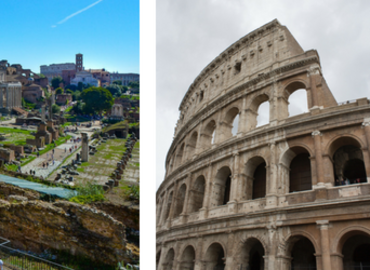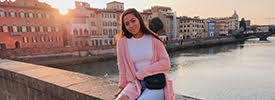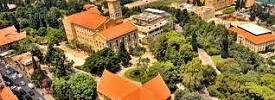George Mason University: Rise of Roman Civilization in Rome and Pompeii
George Mason University
George Mason University: Traveling - History and Culture of Ireland
Request Info
(For American Students)
What is Rome really made of? What conditions favored her fortune? What interplay of territory (natural processes, climate, and resources) and culture contributed to the rise of Roman civilization? By taking this interdisciplinary course in urban g... read more
All Reviews
This program is lonely. If you went on this program leave a review!
About
What is Rome really made of? What conditions favored her fortune? What interplay of territory (natural processes, climate, and resources) and culture contributed to the rise of Roman civilization? By taking this interdisciplinary course in urban geology/geoarchaeology, students will discover how Roman civilization took advantage of a series of favorable geological events that shaped the landscape and provided the raw material to grow and flourish. The rocks formed by volcanoes (tuffs) and deposited by water (travertine) were transformed by the ingenuity of the Roman engineers and architects into buildings and infrastructures. Likewise, the waters resources of the nearby regions were harnessed in the most developed system of aqueducts capable to bring water to over one million people who lived in ancient Rome during the heights of the empire. What was not readily available was brought in from the provinces.









